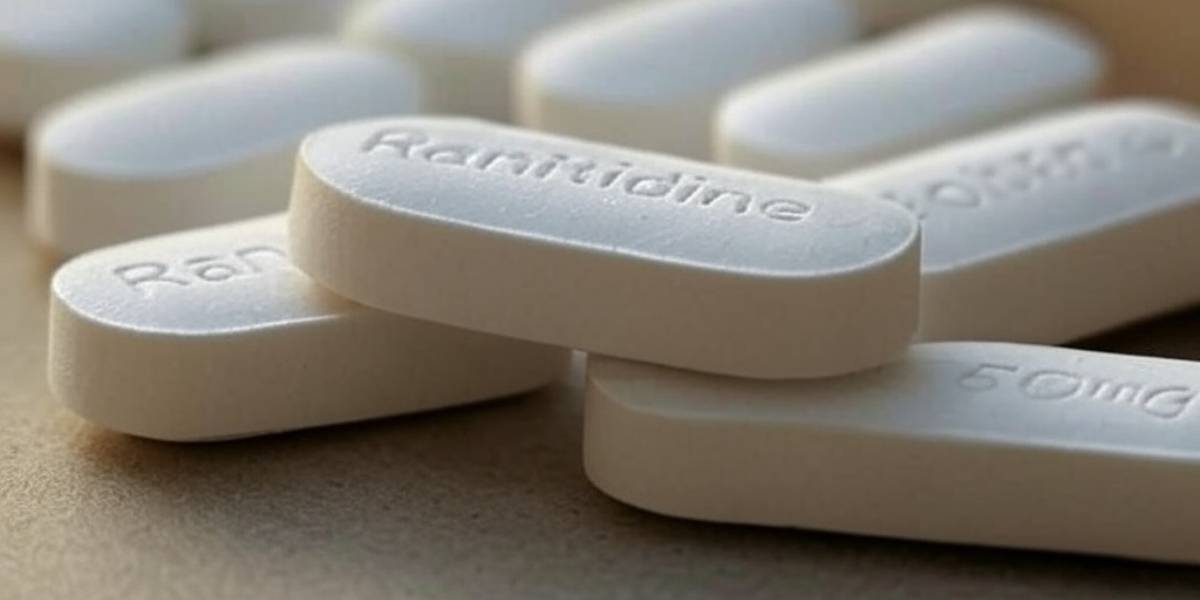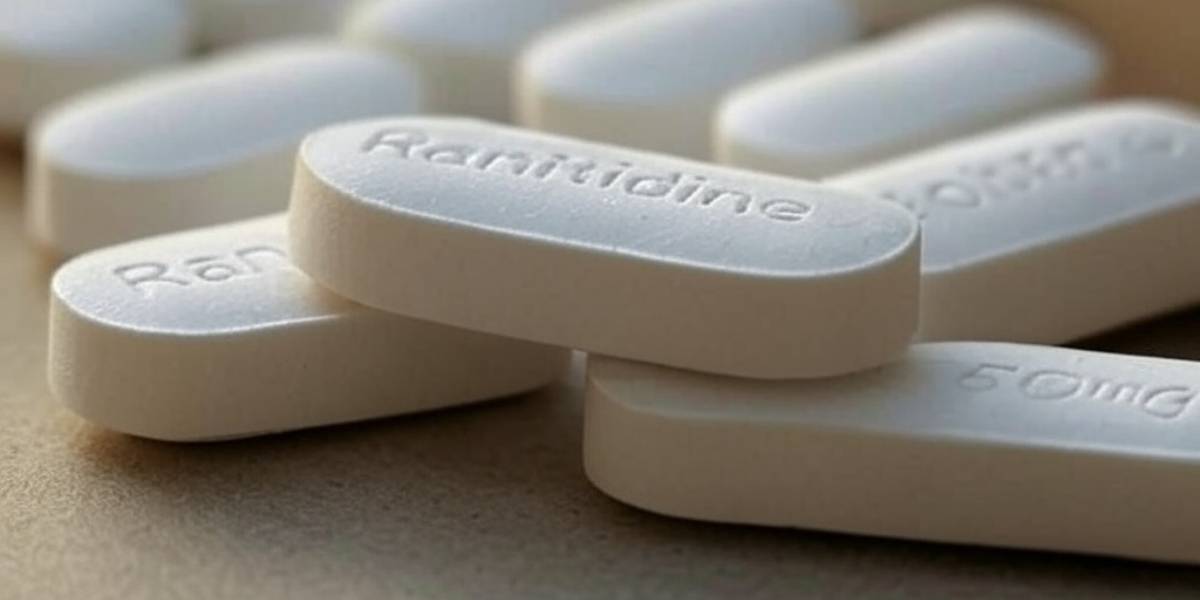The Drugs Technical Advisory Board, the country’s top drug advisory body, has called for a detailed reassessment of ranitidine’s safety. This follows years of global concern over the presence of N-nitrosodimethylamine (NDMA) – a chemical impurity classified as a probable human carcinogen – in the drug.
![]()
Published May 09, 2025 | 7:00 AM ⚊ Updated May 09, 2025 | 7:00 AM

Synopsis: India’s top drug advisory board has called for a fresh investigation into the safety of ranitidine, a widely used antacid, nearly five years after it was effectively withdrawn globally due to cancer risk concerns. The move follows new findings of excessive levels of NDMA, a probable human carcinogen, in Indian samples of the drug. Despite international bans and health warnings, ranitidine remains in common use across India’s public healthcare system.
If you’ve ever visited a Primary Health Centre (PHC) in India with a mild fever or stomach discomfort, chances are you were prescribed a strip of ranitidine.
Whether sold under the names Aciloc, Rantac, R-Loc, Ranitin or Zinetac, the antacid has been a mainstay in both public and private healthcare for nearly three decades.
But nearly five years after an effective global ban on the medicine, India has renewed its scrutiny of the drug over cancer risks.
The Drugs Technical Advisory Board (DTAB), the country’s top drug advisory body, has called for a detailed reassessment of ranitidine’s safety.
This follows years of global concern over the presence of N-nitrosodimethylamine (NDMA) – a chemical impurity classified as a probable human carcinogen – in the drug.
At its 92nd meeting on 24 April, the DTAB recommended that the Indian Council of Medical Research (ICMR) conduct a comprehensive study into the health risks posed by NDMA contamination in ranitidine.
The board also advised the Central Drugs Standard Control Organisation (CDSCO) to form a broader expert panel.
The committee is tasked with examining the role of storage conditions, shelf life, and other factors that may contribute to NDMA formation.
Also Read: 71 drugs fail quality test: How to identify if your medications are safe
Global alarm over carcinogen contaminant
NDMA is classified by the World Health Organization as a probable human carcinogen, with links to cancers of the liver, kidneys, and gastrointestinal tract following long-term exposure.
Its presence in ranitidine formulations was first flagged globally in 2019, prompting recalls and restrictions in the United States, European Union, and other countries.
NDMA can form in ranitidine under specific conditions, especially when the drug is stored for extended periods or at high temperatures – conditions commonly encountered in India’s vast and sometimes poorly regulated pharmaceutical supply chain.
Studies suggest that the chemical may also form within the human body when ranitidine is exposed to acidic environments, such as in the stomach.
A recent assessment by the Central Drug Laboratory in Kolkata found NDMA levels above the internationally accepted limit of 0.32 parts per million (ppm) in 21 out of 42 ranitidine samples tested.
Some samples showed contamination as high as 5.19 ppm – a level considered significantly above safe exposure thresholds.
“The Board deliberated in detail and observed that a broader committee is essential to look into all contributing factors, including how ranitidine is stored across the supply chain,” the DTAB minutes of the meeting reads.
It also urged manufacturers to take risk-based measures, including reducing shelf life where necessary and ensuring tighter control of NDMA levels in both raw and finished products.
Despite the warnings, ranitidine continues to be widely prescribed in India, particularly in government-run healthcare settings where it remains a low-cost treatment option for acid reflux and ulcers.
Also Read: UTI patient in Chennai suffers brain damage after Ceftriaxone infection; hospital ordered to pay over ₹50 lakhs to her son
Five years of warnings, recalls, and delayed action
- 1981: Ranitidine was first launched by Glaxo Holdings Ltd (now GSK) under the brand name Zantac.
- 1995: Became available over-the-counter in India.
- Pre-2019: Widely prescribed in India under various brand names to treat acid reflux, ulcers, and heartburn. Included in India’s National List of Essential Medicines (NLEM).
- 2019: US FDA detected NDMA in ranitidine and issued a safety alert. Regulatory bodies in the EU, Canada, Australia and Japan launched independent investigations. GSK voluntarily withdrew Zantac from the Indian market; generic versions remained available.
- 2020: The US FDA called for withdrawal of all ranitidine products. Several countries banned or suspended the drug. India’s CDSCO began monitoring but did not impose a ban.
- 2022: India removes ranitidine from NLEM.
- 2024: An expert committee was set up to assess ranitidine safety. Tests by the Central Drug Laboratory in Kolkata found 21 of 42 samples with NDMA above permitted limits, some reaching levels over 5 ppm. The panel recommended suspending the drug’s manufacture, sale, and distribution.
(Edited by Dese Gowda)


